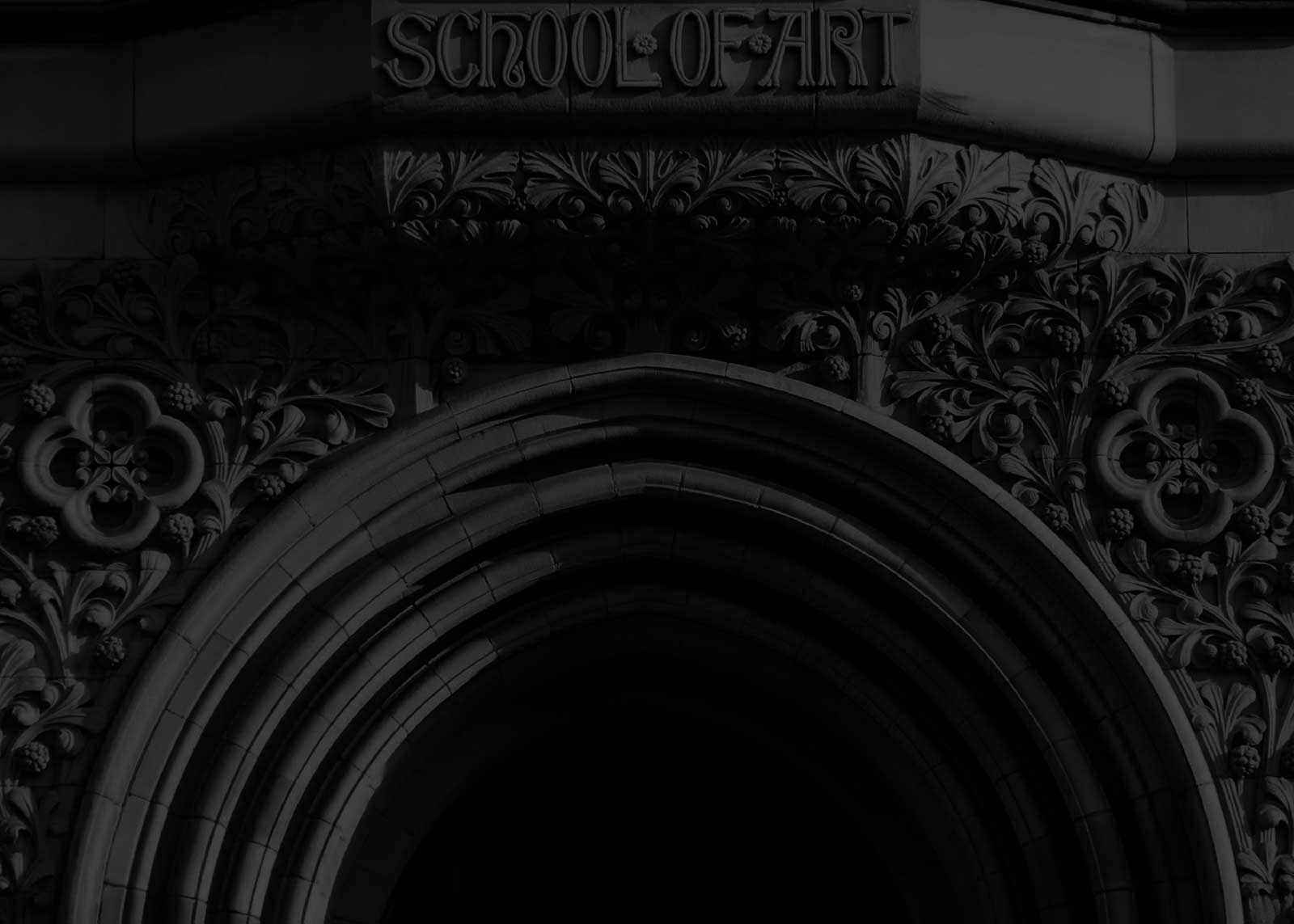Djabarouti, J., 2021.
The impact of intangible heritage on architectural and building conservation practices in the UK: a socio-material outlook
| Output Type: | Presentation |
Critical interpretations of heritage over recent decades have stimulated a focus on intangible heritage -the understanding of which remains inconclusive within a UK built heritage context. This is problematic when considering architectural conservationists and the broader built heritage profession are increasingly required to consider intangible heritage and understand how it correlates with alterations to built heritage assets. Situated within a postmodern conceptualisation of heritage as increasingly dynamic, social and intangible, this study confronts the paradox of safeguarding immaterial manifestations of culture within an interdisciplinary context that prioritises scientific materialism, material authenticity, and visual aesthetics. Underpinned by a Practice Theory ontology and driven by a multi-methodological qualitative design, sixteen built heritage professionals were firstly interviewed to understand how intangible heritage is conceptualised within built heritage practice and what barriers may restrict its integration within formalised procedures. Following this, a series of three pilot case studies (Long Street Methodist Churchand Sunday School;theHill Houseand Box; and the Coventry Cathedralsite) explored opportunities for accommodating intangible heritage within the built heritage paradigm. Lastly, a final case study (Bletchley Park) focusedspecifically on the dynamic between intangible heritage and physical alterations to built heritage assets. Findings suggest built heritage practice should be reconceptualised as a storytelling activity, which may encourage professionals to see themselves as narrators of intangible heritage, as well as custodians of physical heritage. Five supporting socio-material strategies (memorialisation; simulation; translation; innovation; and commemoration) are offered as alternative ways of framing standardised conservation methods, by prioritising the safeguarding of stories over the conservation of materials. The study suggests that the conservation of socio-material practices, rather than physical materials alone, can overcome traditional binary views of tangible/intangible,by encouraging cross-stakeholder participatory practices. The significance of this study is especially relevant to the development of built heritage practice, evolving as it must to both influence and accommodate ever-changing conceptions of what heritage is and how it is understood by relevant stakeholders.
